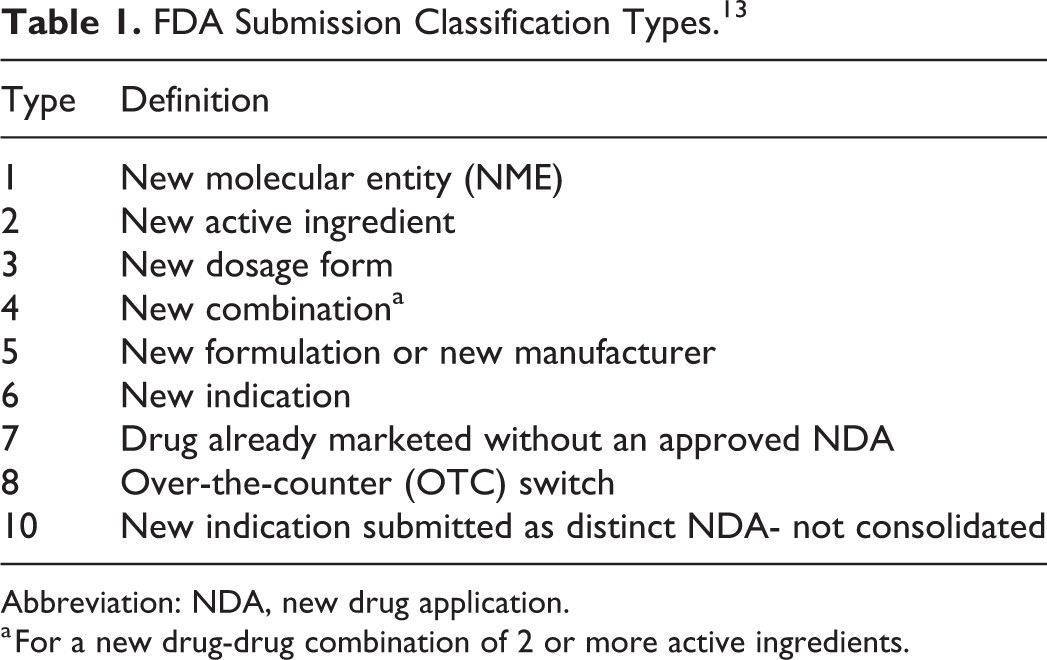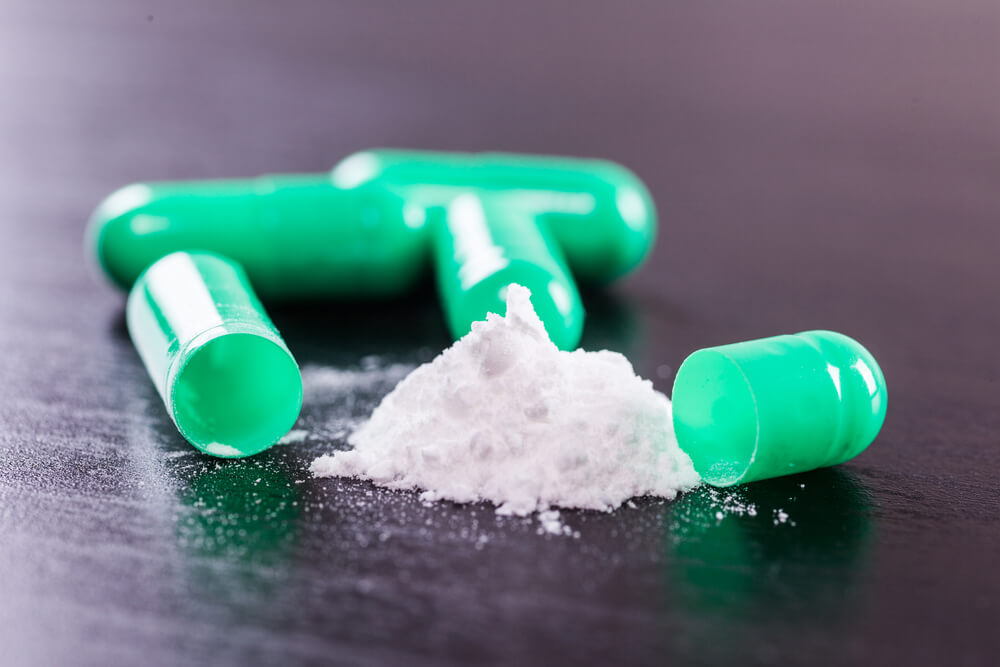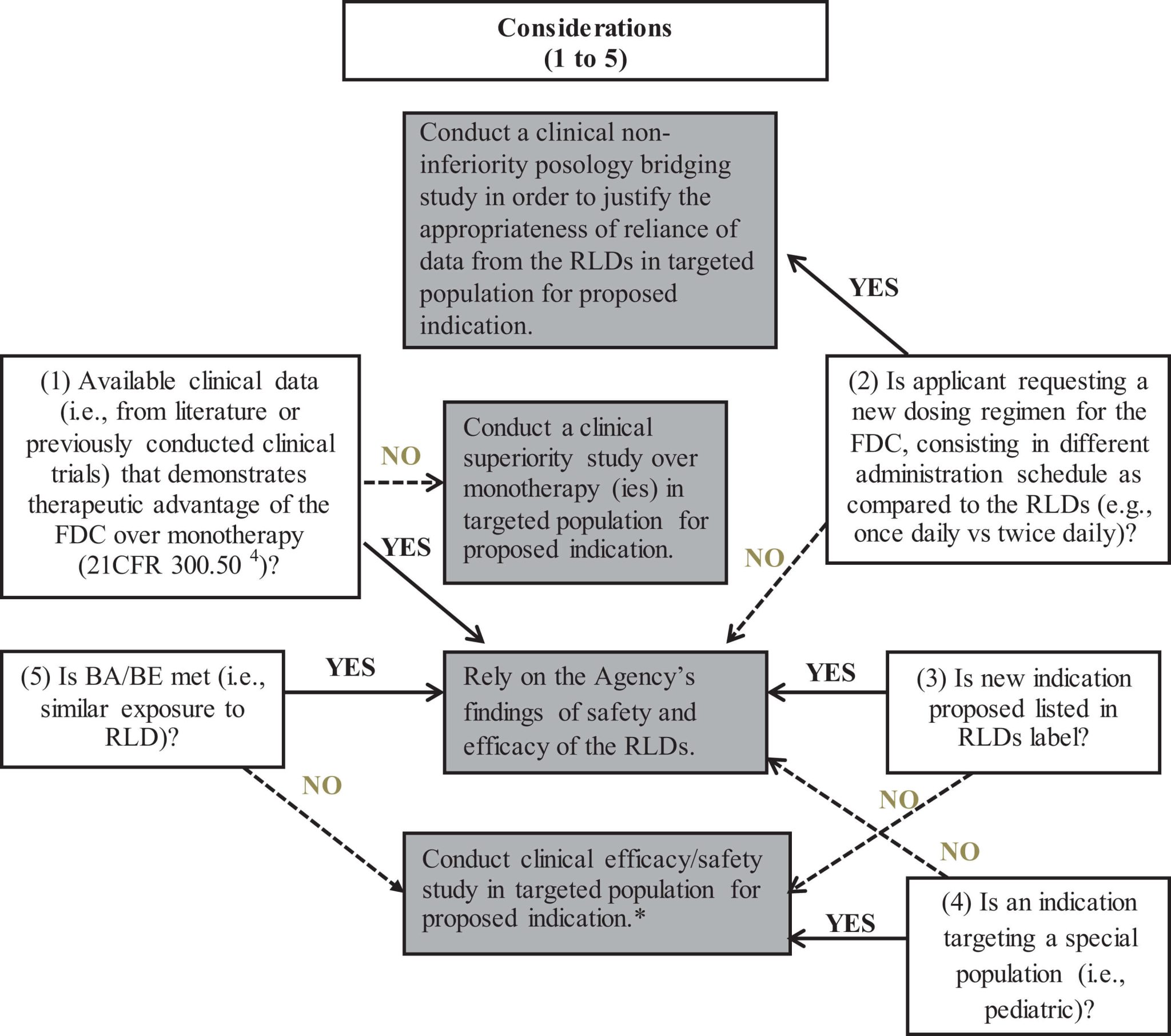
The 505(b)(2) regulatory pathway provides an attractive avenue for drug developers to bring new products to market by leveraging existing data on approved drugs. This pathway allows modifications and improvements to be made to existing drugs, while potentially reducing development costs and timelines compared to the traditional new drug application (NDA) route. Here are some key advantages and examples of how the 505(b)(2) pathway enables innovation:
Extending Patent Life and Market Exclusivity
One major advantage is the ability to secure additional patent protection and market exclusivity for modified versions of existing drugs. For example:
- Emflaza (deflazacort) was approved in 2017 as a new molecular entity under 505(b)(2) for treating Duchenne muscular dystrophy, receiving 7 years of orphan drug exclusivity.[2][4]
- Tigecycline (Tygacil) is an injectable formulation of a tetracycline antibiotic approved in 2005 under 505(b)(2), with 3 years of market exclusivity granted.[2][4]
Expanding Therapeutic Indications
The 505(b)(2) pathway facilitates gaining approval for additional indications of approved drugs, unlocking new patient populations:
- Cialis (tadalafil) was initially approved in 2003 for erectile dysfunction. A 505(b)(2) application later gained approval for a new indication – benign prostatic hyperplasia.[5]
Novel Dosage Forms and Routes of Administration
Innovators can develop new dosage forms or routes of administration for approved drugs under 505(b)(2), such as:
- Narcan (naloxone) nasal spray, a novel formulation of the opioid overdose treatment approved in 2015, leveraging existing data on injectable naloxone.[3]
- Mirvaso (brimonidine) topical gel for facial erythema, a new dosage form of the approved oral alpha-agonist approved in 2013.[5]
Drug-Device Combination Products
The 505(b)(2) pathway is well-suited for combination products containing drugs and devices:
- Zembrace SymTouch (sumatriptan) was approved in 2019 as a prefilled, ready-to-use injection device for migraines, referencing data on the previously approved sumatriptan injection.[5]
Reduced Development Costs and Timelines
By leveraging existing data, the 505(b)(2) route can significantly reduce development costs and accelerate timelines compared to a full NDA, especially benefiting smaller companies:
- For a new dosage form, only studies related to the new formulation and establishing a bridge to the listed drug may be required, avoiding costly clinical efficacy trials.[1][3]
In summary, the 505(b)(2) pathway incentivizes pharmaceutical innovation by allowing improvements and line extensions to existing drugs, while providing a potentially faster, lower-risk, and lower-cost path to market coupled with extended commercial exclusivity.[1][2][3][4][5]
Citations:
[1] https://www.intechopen.com/chapters/86425
[2] https://www.fda.gov/media/156350/download
[3] https://premier-research.com/blog-505b2-pathway-regulatory-combination-products/
[4] https://www.pharmacytimes.com/view/505-b2-regulatory-pathway-for-new-drug-approvals-
[5] https://www.rhoworld.com/505b2-regulatory-pathway-what-are-the-advantages-and-does-your-product-qualify/






















